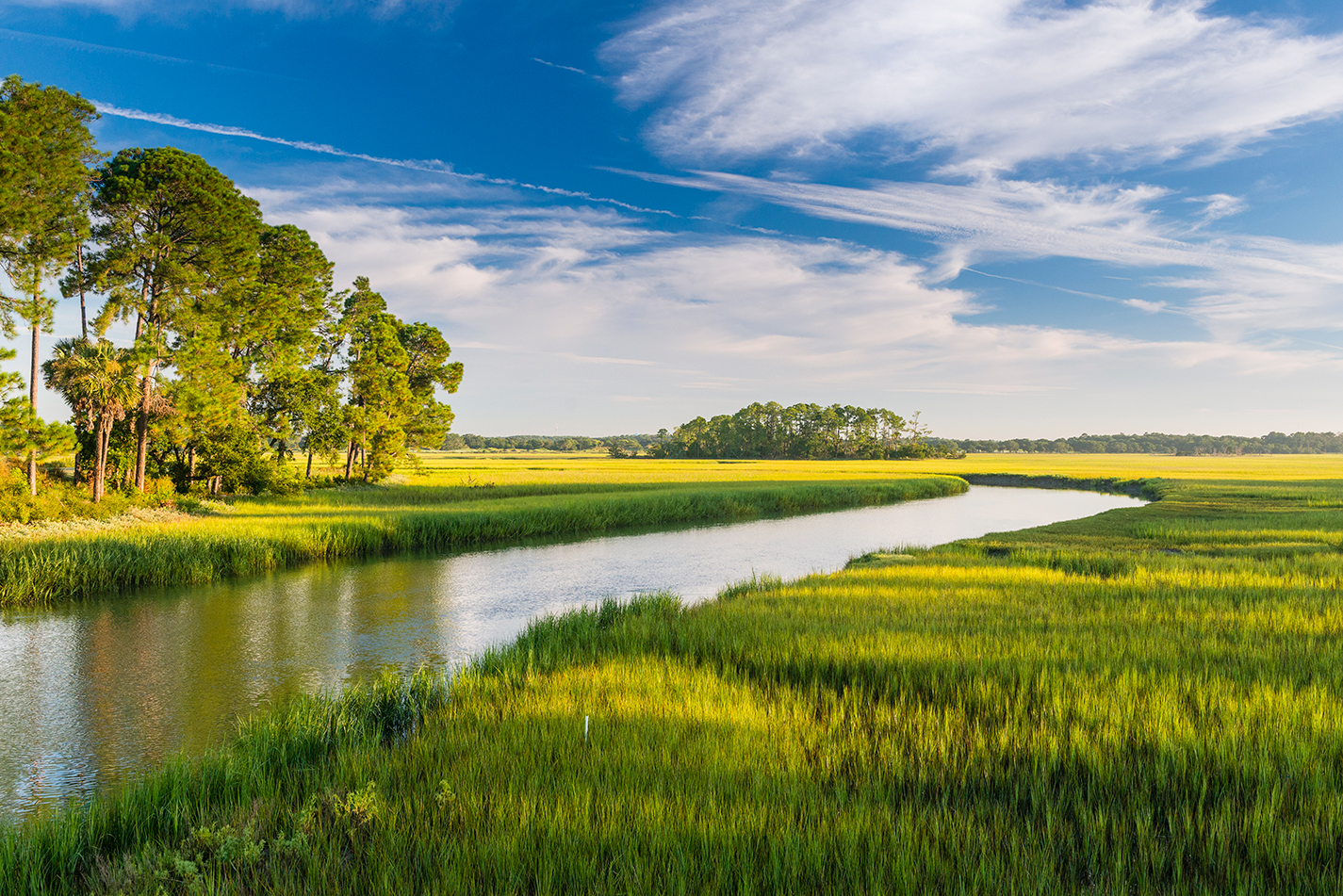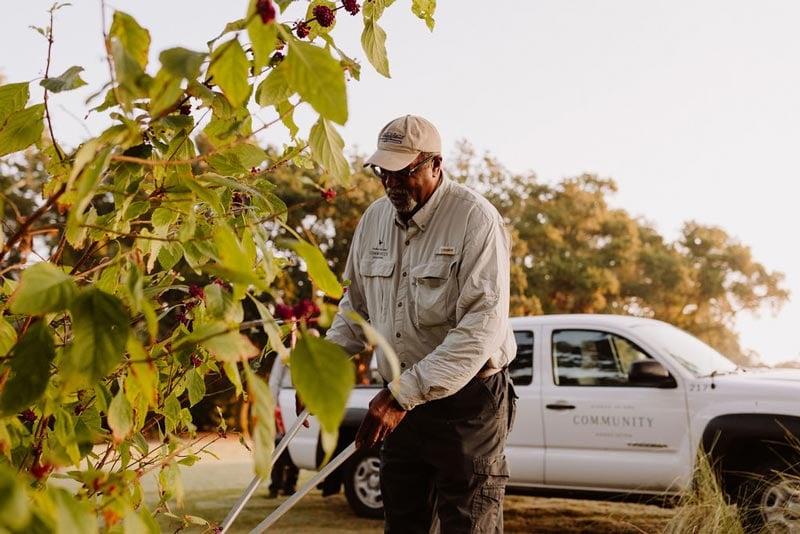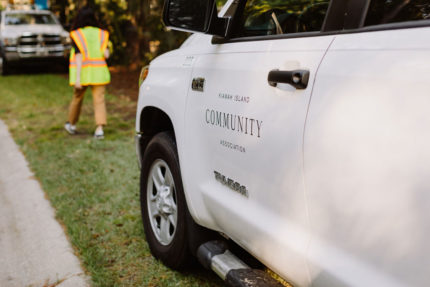Jun
27
2019

From The Blog
KICA Focuses on Water Resilience
One of Kiawah’s most significant ongoing challenges is water management, and Kiawah isn’t the only coastal community that struggles to find solutions to mitigate flooding. Following the release of the Town of Kiawah Island’s (TOKI) Flood Mitigation and Sea Level Rise Adaptation Report, KICA’s board felt compelled to ensure the association was leading the charge and responding proactively to the report’s findings. KICA began this work with the appointment of two task forces, one which evaluates new infrastructure projects for water management (which includes precautions for flood mitigation, and other incidents such as storm surge and rain events) and another to determine funding sources for that new infrastructure.
KICA’s new approach to water management includes incorporating this work into the Strategic Plan. Ensuring that staff projects, association funds and high-level planning are directed toward water management goals, and establishing key metrics for success in achieving those goals, are important priorities for our board of directors. KICA is working to identify immediate priorities and establish a monitoring plan that adapts to our dynamic ecosystem and the challenges we face in the future. This forward-looking perspective will allow us to address the challenges in a responsible way.
One of the keys to this approach is KICA’s newest employee, Lucas Hernandez. Lucas was hired in June as KICA’s first-ever resilience specialist. COO Jimmy Bailey notes that “Lucas is perhaps the first resilience specialist hired by a community association in the entire country.” Lucas’ title refers specifically to water resilience, the primary goal of KICA’s water management strategy. With his specialized experience, he has a diverse toolbox to tackle this challenge.

Lucas has master’s degrees in Environmental Studies and Public Administration, and is heavily involved in the Charleston area flood mitigation conversation. He is a member of the Charleston Resilience Network and worked with TOKI to create simulations in for their sea level rise research. When KICA initiated the Finance Committee Infrastructure Task Force earlier this spring, Lucas came into focus as an essential piece of KICA’s strategic water management planning. He’s asking the same questions KICA has been in recent years: “how do we respond to flooding or to a natural disaster? How do we get people thinking about it in a different way?”
Lucas uses Geographic Information Systems (GIS) software to answer these tough questions, simulating how surface water moves on the island in detail down to the square meter. It includes details like elevation and soil types to account for how these characteristics affect water movement. When a water event, like a storm surge or rapid downpour, is simulated, the model shows how water levels will be impacted across the island and can pinpoint areas where drainage infrastructure could be overloaded.
“When we first met Lucas, we had him simulate the storm surge from Tropical Storm Irma, where we knew the outcome and we could test his model. His model showed effects that were remarkably similar to our experience during the storm,” commented Bailey.
There are almost endless ways this type of information can be used to better prepare Kiawah for the future. The first task Lucas will tackle is embedding about ten potential infrastructure projects within his Kiawah model to test how they would impact water flow and evaluate if the designs are successful or should be altered. The potential projects would affect areas of concern identified by the Finance Committee’s Infrastructure Task Force. By modeling the data in advance, KICA can be a better steward of its resources by implementing solutions that are likely to improve our water management abilities. It can also help us discard sub-optimal solutions before a costly implementation.
In the fall of 2019, KICA anticipates releasing a plan which will focus on actions that can be accomplished in the next five years to deal with various storm scenarios. This plan will include recommendations (pretested by Lucas’ modeling) by the Infrastructure Task Force, and funding plans for the potential new infrastructure.
Lucas will spend a portion of his time on education and outreach. In a community as close as Kiawah, “any time someone changes the flow of surface water, by raising the property elevation for example, that water has to go somewhere else. This can cause issues for neighbors or cause infrastructure to overload. Being thoughtful with how we approach this and considerate of others is crucial for a community like Kiawah.”
Lucas talks a lot about bridges, but not the sort you might expect from a person so heavily involved in infrastructure. Again and again, he goes back to bridging the gaps within KICA’s departments and island entities to ensure the island faces its challenges in the best possible way. “Resilience to me is about bounce back,” he says. “What ways can we be proactive? How can this information help everyone? I think the answers are in KICA already but how can we flesh those out?”
While Lucas’ work is just getting started, it is part of a larger strategy for water management that KICA has been working on for some time. He shares KICA’s perspective on the challenges that face this special place. “Kiawah is a premier community — we want to keep the island ahead of the game. By being flood ready, it shows that we’re pushing toward becoming a community that can respond quickly and can potentially become a model for other coastal communities.”

